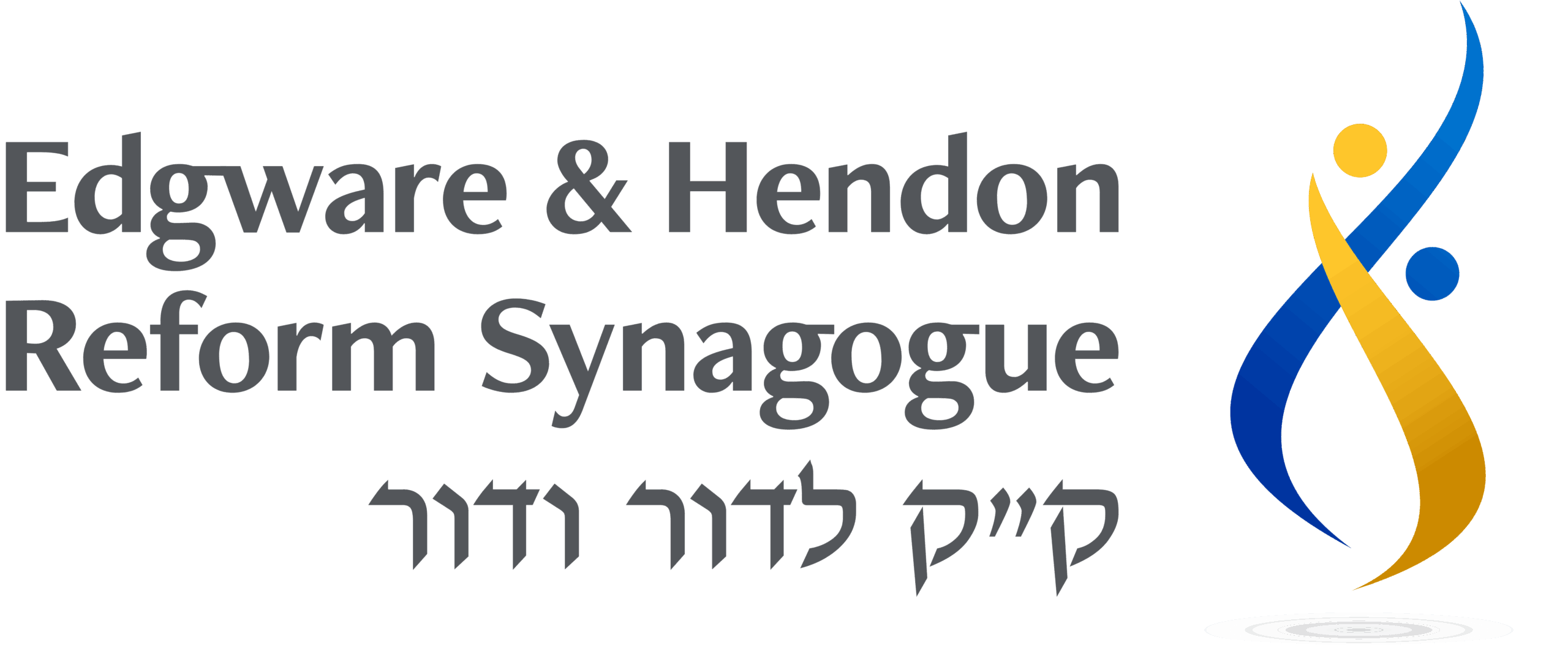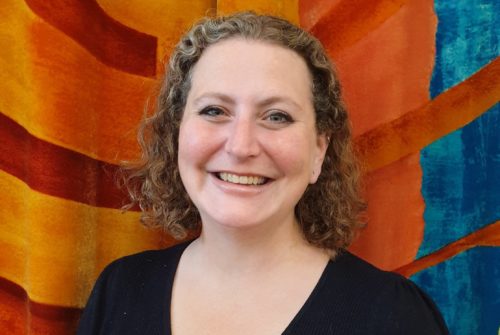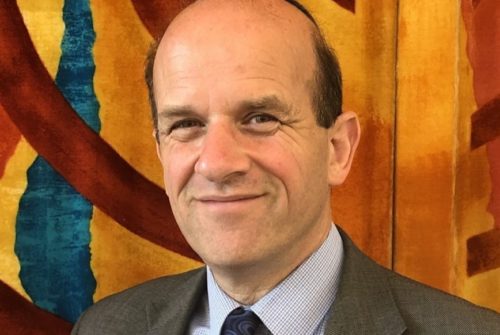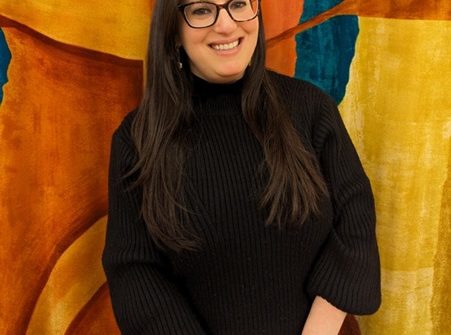Chaye Sarah Sermon – 2020 – Edgware and Hendon Reform Synagogue – Wishing us Long Life
In the United Kingdom, South Africa and Australia Jews have a strange custom known nowhere else in the Jewish world. When we greet a mourner we say “I wish you a long life.” It is one of those phrases that enables people to “know what to say” in a difficult situation, where it is tough to find something to begin with.
In the UK you say “I wish you long life” to every mourner at a funeral or shivah prayers and in some ways it helps. It can though often feel crushingly insensitive, when at that moment soon after bereavement the last thing that the mourner is looking forward to is a long life, or it can be seem somewhat redundant when the mourner is already in their nineties.
There is a phrase within the funeral service which we can use and which is part of our Friday night service in modified form just after we sing L’cha Dodi when we recognize the mourners in our midst “ha Makom yenachem b’toch avlei tzion v’yerusalayim”, may God comfort you among the mourners of Zion and Jerusalem, linking our loss with the loss of all our people.
Where did the custom most of us follow, to wish a mourner a long life originate? Rabbi Harvey Belovski writes that it may be a contraction of a greeting originating with German Jews – “chayim aruchim ud biat ha’goel” – may you live to see the coming of the Messianic Age, the time of perfection (www.rabbibelovski.co.uk/2006/05/i-wish-you-long-life.html).
Another possible origin is in the Yiddish phrase “biz hundert un tsvantsik”, may you live to a hundred and twenty, “c’ayna hora”, a birthday wish or on hearing that someone is ill. The figure comes from the lifespan of Moses in the Torah, who dies at one hundred and twenty with his vigour unabated. This also happens to be the lifespan of the longest-lived human to be reliably documented, Jeanne Calment of France who died in 1997 at the age of 122 years and 164 days.
To have wished Sarah in our Torah portion a long life of one hundred and twenty years would have been perhaps a bit insulting – her father-in-law, Terach, according to the list in Genesis of Abraham’s ancestors (Genesis 11) lived to 205, her grandfather-in-law Nahor 149. Take it back to their common ancestor Shem and the Torah tells us he lived for 600 years. Even Abraham her husband as we heard at the end of our Torah portion was to live till he was 175 (Genesis 25:7).
Hence the Rabbinic legend or Midrash that Sarah died at an early age from grief not knowing that Isaac, whom she had last seen going off with his father Abraham to be sacrificed in the immediate previous chapter of the Torah, had in fact been spared and was very much alive. (Genesis Rabbah 58:5).
By the time of our Midrashim, mostly written from the turn of the Common Era two thousand years ago, our Rabbis recognised that the extreme and legendary ages in the opening chapters of the Torah, peaking with Methuselah at 969 years of age (Genesis 5:27), were just that, legends. Hence the Midrash that Sarah being one hundred and twenty and seven years at her death, as the portion Chaye Sarah opens, tells us that she was as innocent as a seven-year-old at twenty and as beautiful as a twenty-year-old at one hundred – a strong and striking elderly woman.
Being one hundred years old is of course no longer as remarkable as it once was. EHRS’s oldest member, Esther Collins, was born during the First World war in 1916. Remarkable lady that Esther is, she is only one of the over 14,000 centenarians in the UK today, of whom four belong to our Synagogue, and only one of the 1650 people in the UK who are aged 104 and over. The number of centenarians in the UK has risen by 85% since 2002. (Office of National Statistics https://www.ons.gov.uk/peoplepopulationandcommunity/birthsdeathsandmarriages/ageing/datasets/midyearpopulationestimatesoftheveryoldincludingcentenariansunitedkingdom)
Since 1840 our life expectancy in the UK has increased by two to three years every decade, with only small blips during the world wars. This means, according to a fascinating book published by economists Lynda Gratton and Andrew Scott, called “The 100 Year Life,” that if the trend does not reverse, a child born today in the UK has a more than 50% chance of living to be over 105. I wish you long life will be an appropriate thing to say to a ninety-year-old in a few decades’ time.
The book is full of illustrative vignettes such as this one – “In Japan, for example, anyone reaching 100 was entitled to receive a silver sake dish, a sakazuki. When this practice was introduced in 1963 there were just 153 centenarians but by 2014 more than 29,350 were issued. They stopped sending out sakazukis in 2015.” (100 Year Life, p18)
How has this happened? According to the book, before the 1920’s we vastly reduced neo-nate and infant mortality, then from the 1920’s though immunisation, better nutrition and sanitation we reduced child mortality. Since the Second World War we have effectively combated the chronic diseases of middle age such as cardiovascular problems and cancer making what was once fatal survivable. All of this has combined with effective health education, technological benefits, early diagnoses and effective treatment to overcome previous barriers to life expectancy. As developing countries have developed, such as India and China their life expectancy is no longer obscenely behind that in the rich west. Though some suggest that we have reached a point where the diseases of lazy prosperity, sedentary lifestyles and rising obesity, and antibiotic resistance will stop the increase, it is also just as likely that public health improvements and technological innovations will keep it rising. Hopefully when period of Coronavirus will come to an end in the coming months and we will be spared the awful situation of lives ended too early by the virus.
I was introduced to the book by a member of my previous Synagogue whose mother Frances was at 98 a testament to today’s well lived long lives. He was enthused by its message which is essentially that the hundred-year life needs to be lived differently. No longer will most of us expect schooling, work and then a brief retirement to be the pattern of our lives. Instead we will have time for many phases of our lives including a time from 70 and above when we should prepare for much to look forward to.
It may mean that we will take breaks from our working lives to study and train for new work. That during the 873,000 hours of a hundred-year life, we will not want to spend them doing the same thing – and no-one is going to employ us to do that for them.
We will have to concentrate on our health, where we have control over it, because we are not going to be able to support forty years of retirement on forty years of work. We will need to find ways of earning periodically well beyond today’s expected retirement age.
That’s the bad news but the good news is that we could, in lives of this length, do more with ourselves. We need not be in such a rush to define ourselves at an early age – we can add in years of service to our communities which we are going to need even more to make our lives meaningful. We can take a leaf out of the book of practices of the Bahai and Ismaili communities’ ideas, whereby a person gives a year or more of their life as a break in their career to make their community thrive, knowing that by all doing this they create a community that can truly support each other.
The book suggests that in the years to come, just as teenagers and retirees became life stages which did not exist before the twentieth century, the twenty first century will bring new life phases that will add meaning to life.
Rabbis are very fortunate. We work very hard, long hours and very full weeks throughout the years. Yet we get the chance to keep training and learning and refreshing through our system of Sabbaticals. EHRS will, in common with most Synagogues enable me and the Synagogue community to enjoy the benefits of a three-month Sabbatical every three years of service. We Rabbis are, thank goodness not expected to train ourselves in our youth and just expend that through our lives, but rather to keep building ourselves, to be ready and educated for the challenges that will come, bringing our learning back to our communities and our Synagogues support us in doing so.
What can we do to help us all to find that ability to make the most of our capacity for learning and change so that we are not living a hundred years on the patterns and learning of our youth, but rather finding ways to have a second or third youth as we go through our long lives?
Perhaps we should change our “I wish you long life” to “I wish you a good life” or even “I wish you lives of meaning”. If we get this right as a society then we also, like Sarah can be a hundred and twenty and seven all at the same time.



